I started to collaborate with Eleonora in the last year and I can say that I like a lot how she created Reels about important jewels and how she is a curator for jewelry. Eleonora Varotto from HOOROON is always looking for emerging artists.
1. Could you tell me some information about your professional background and how you started HOOROON? What does HOOROON mean?
I am a contemporary art historian and I trained in Padua, Venice and Madrid working for museums and foundations at an international level. My passion for jewelry was born in those years, while I was studying. Then I moved to Milan where I could see more closely the world of jewelry collaborating in the organization of events and projects dedicated to it. It was here that I had the opportunity to meet hundreds of artists and designers and understand their needs and concerns. HOOROON was born from the need to dedicate my experience and my energies exclusively to contemporary jewelry giving value to the field and its protagonists with an eye to emerging artists. I feel the need to take contemporary jewelry out of the niche to make it as accessible as possible to the general public. I commit myself daily to helping the designers I follow in their path of affirmation. For me it is the greatest achievement. The word HOOROON has no particular meaning; I liked the ancestral call that the sound of this word evokes, something timeless and very evocative, just like the artistic jewel and its peculiarities.
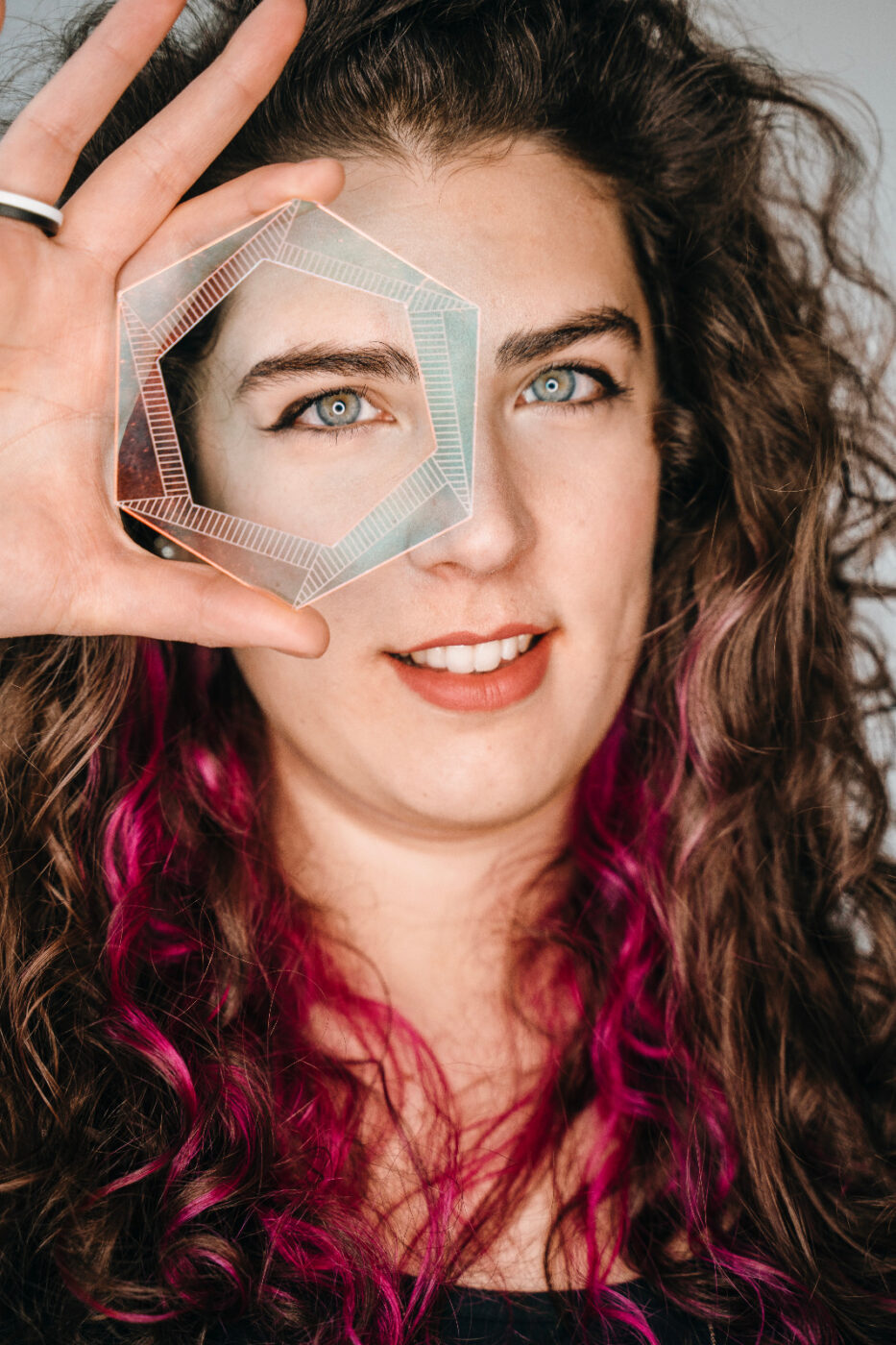
Eleonora Varotto, Photo credit: Francesca Bandiera
2. What’s the biggest challenge contemporary jewelry has had to face so far?
There are so many challenges that contemporary jewelry is facing! However, I think one of the biggest one is breaking with the common notions of what is traditionally meant as jewelry. As we know the traditional jewel is often associated with noble metals, precious stones and classic design. On the other hand, contemporary jewelry embraces a wide range of materials, techniques and conceptual ideas that challenge these conventions and that are always very current, sometimes even imbued with political charges or social denunciation.
Obviously, this problem is also reflected in the perceived value of the jewel. There is still a lot of work to be done in this regard, a work of educating the public. In fact, it is still very difficult to communicate to the public and the markets the high artistic and communicative value of this art form.
3. How did the pandemic change the consumer appetite for jewelry’ products?
While the pandemic has curbed mass consumption, it has heightened our awareness of what is really important. Let me explain better. The Covid period forced people to reconsider their priorities. That moment of great uncertainty and apprehension has fostered the consumer’s attention on basic necessities and what is really essential in life in general: mental health, physical well-being, the right balance between private life and work etc…
On the other hand, it has fostered emotional, sentimental (online of course) sales to products that are unique and that really represent us; to ethical and sustainable jewelry that bring with it values of hope, rebirth and community. Overall, I can say that the pandemic has not radically changed the appetite for the jewel, it has rather veered towards specific categories that have consequently gained visibility. However, the balance is positive.
4. Minimalistic or statement jewelry, what do you prefer?
Statement jewelry, totally. I really love big pieces, in particular statement rings, I found them so iconic and powerful. Large jewelry comes first, they communicate more and are very impactful. They tell a lot about the person who wears them, that’s why I really like them.
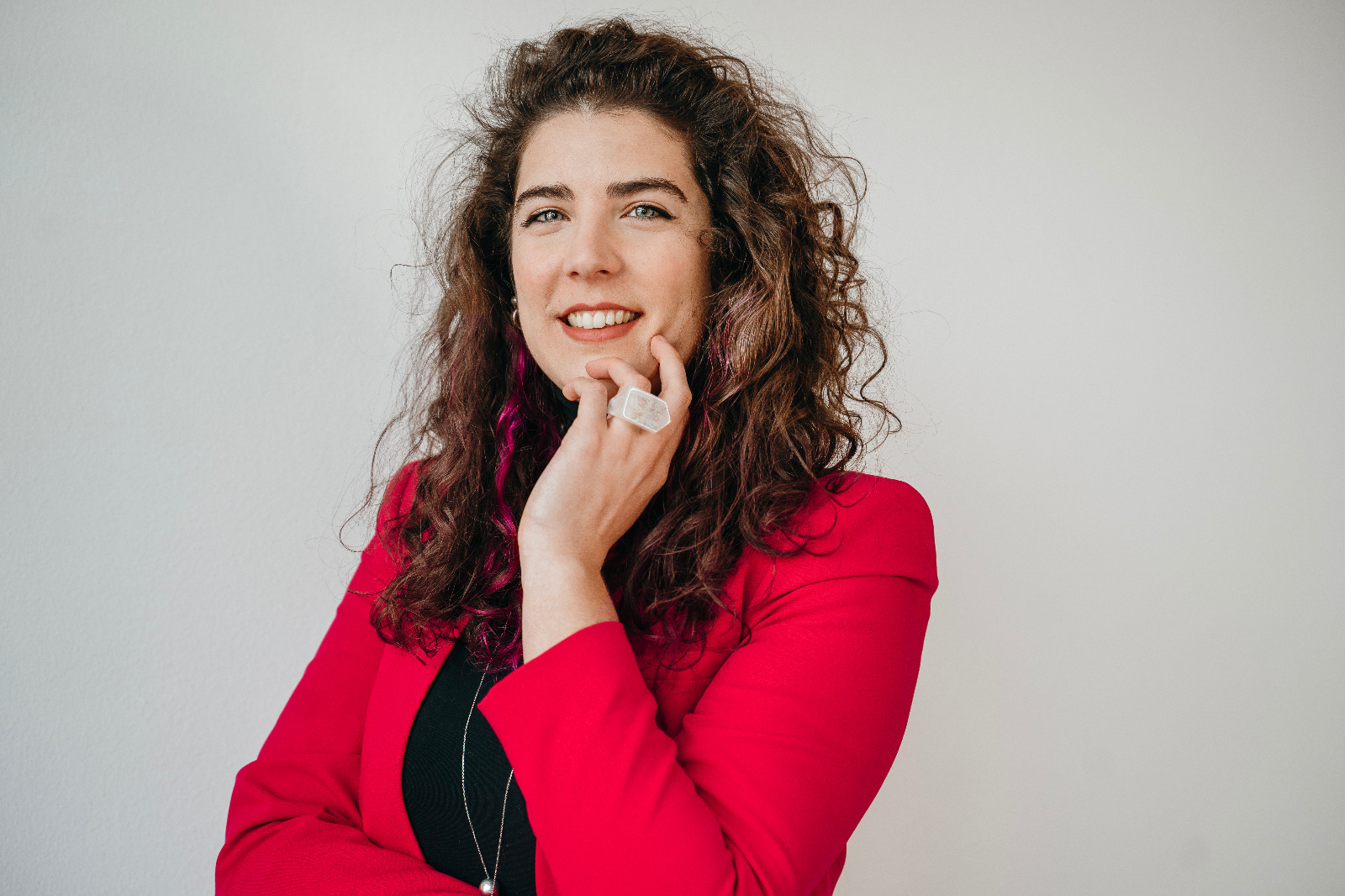
Eleonora Varotto, Photo credit: Francesca Bandiera
5. What is HOOROON’s proudest moment?
I actually have two glorious moments for HOOROON. The first is when, a few months after its foundation, we managed to organize an international exhibition in Venice, dedicated to a specific niche of contemporary jewelry with the aim of giving the selected pieces, all the visibility they deserved. I’m talking about The Transparent Breath that will see in September its second edition. The second moment is when, thanks to the success of this event, I was summoned to London for the Cluster Contemporary Jewellery Fair to talk about it. I took this opportunity to tell how difficult it is sometimes, to bring out the contemporary jewel in a country like Italy, with such an important and established historical and artistic background.
6. Do you have a favorite story related to international jewelry fairs, a story that you want to share with our audience?
I love jewelry fairs because they give me the opportunity to meet new artists and to maintain ties with those I already know and who have trusted me. Last March I had just arrived in Monaco for the Jewellery Week and, walking around the city without a precise destination, I accidentally met two designers that I know well and that I haven’t seen in a while. It was a great pleasure to see them again and feel that time had changed nothing. The people in the jewelry world are wonderful. When you really work with your heart and passion, it all comes back. It is one of the most beautiful aspects of my work, to feel and share the passion.
7. How do you find a fair experience? How do you prepare for international jewelry fairs?
Trade fairs are very important moments both for designers/artists and for all other professionals. Collaborations are established, new talents are discovered, networking… Fairs are a great source of inspiration for everyone; you have the chance to share ideas and analyse new trends. Before visiting a fair, I analyse all the events organized in order to fit those that I don’t want to lose in the days I have available. Then I also ask about the participants who will be there to know them and talk with them about their art. I collect as much material as I can to create exhaustive content to share with my community in the form of social content, articles or interviews.
8. From your point of view, what are the steps in creating a new jewelry collection?
From my point of view, I believe that for a contemporary jewelry artist it is a spontaneous and innate action to create a new collection. Let’s not forget that contemporary jewelry is closer to contemporary art than to traditional jewelry (this is what I think) and for this reason every new piece, every new work stems from an ancestral and visceral need difficult to program. However, some decisive aspects such as the historical period, fashion trends and the slice of customers that you want to reach must certainly be taken into account. I also think that, in the case of contemporary jewelry, it is the customer who has to look for the jewel that most represents it and not the other way around. For this reason, very often one of the limiting factors in selling is the education of the public to this art form.
9. What advice can you give to someone wanting to start a creative business in jewelry design?
My suggestion is to firmly believe in yourself and listen to your burning passion, your instincts. When these elements coexist, it is difficult to fail. Surely the path will not be easy, you will have to clash with the needs of the market, with competitors, with our insecurities… but if you really want this kind of work then you will succeed. People today more than ever, live on emotions and so much the better if these come from a jewel.
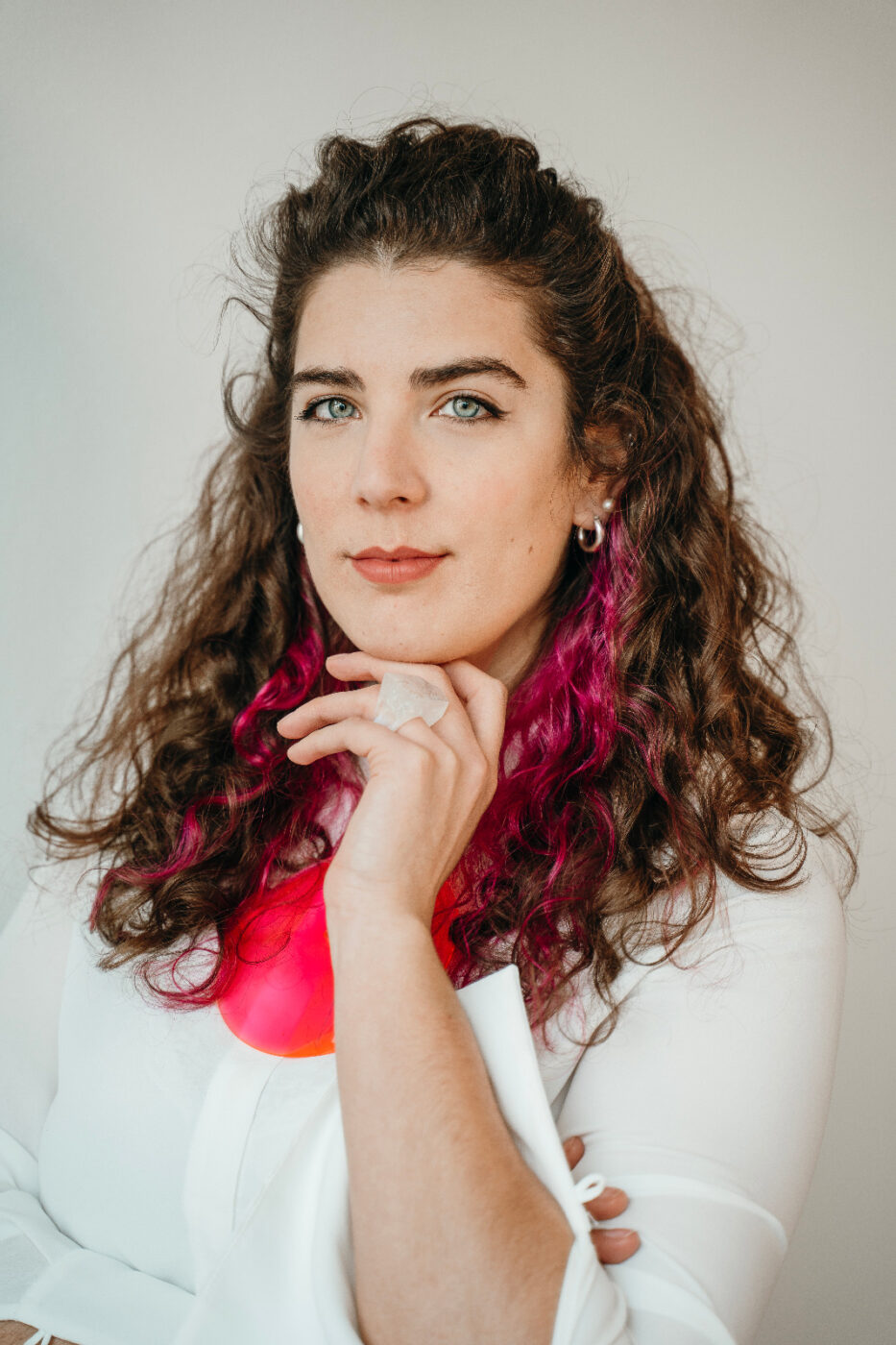
Eleonora Varotto, Photo credit: Francesca Bandiera
10. What does the future hold for HOOROON?
There are many projects that are boiling in the pot, especially for 2024! New collaborations with international organizations, a publication, a new project that looks at the digital world and consulting programs for my community! The common denominator, as always, is the exaltation of contemporary jewelry giving support and sincere advice to the artists who realise them. I would like to introduce this wonderful art to the general public through the construction of strong ties at the international level. It’s a complicated mission, but it’s worth it!
Photo credit: Francesca Bandiera and all photos are sent by Eleonora
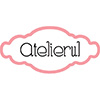
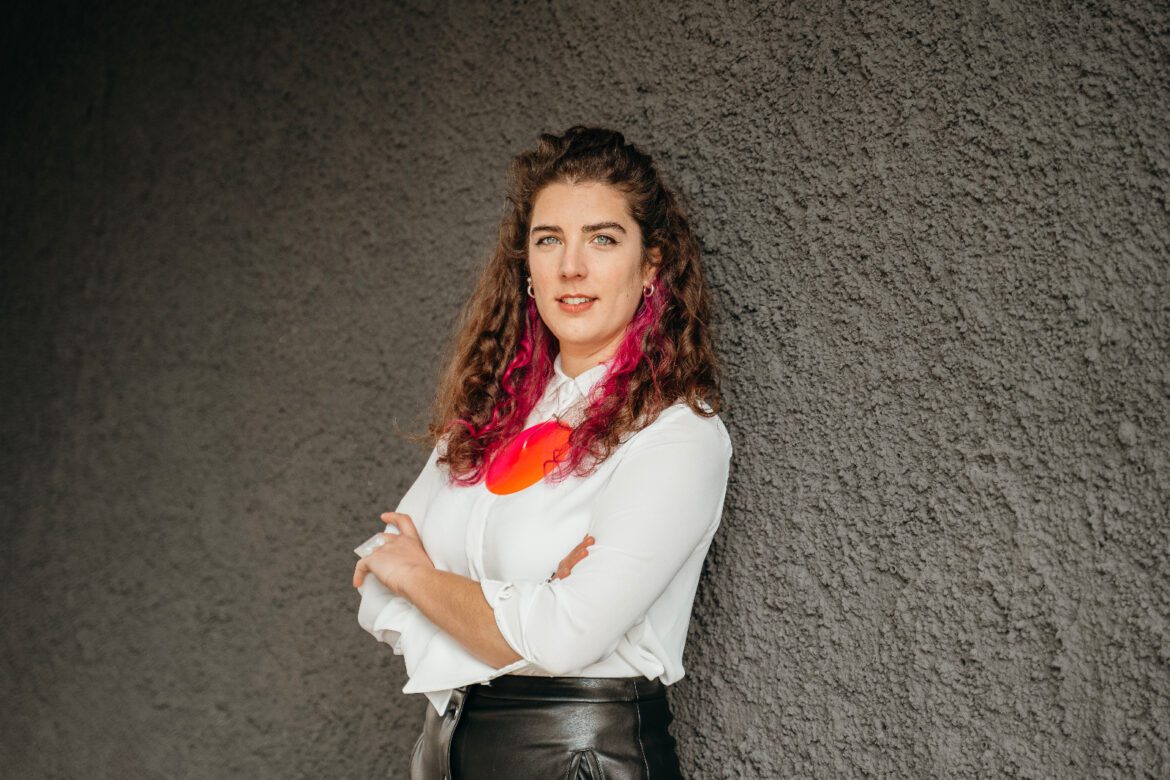


NO COMMENT